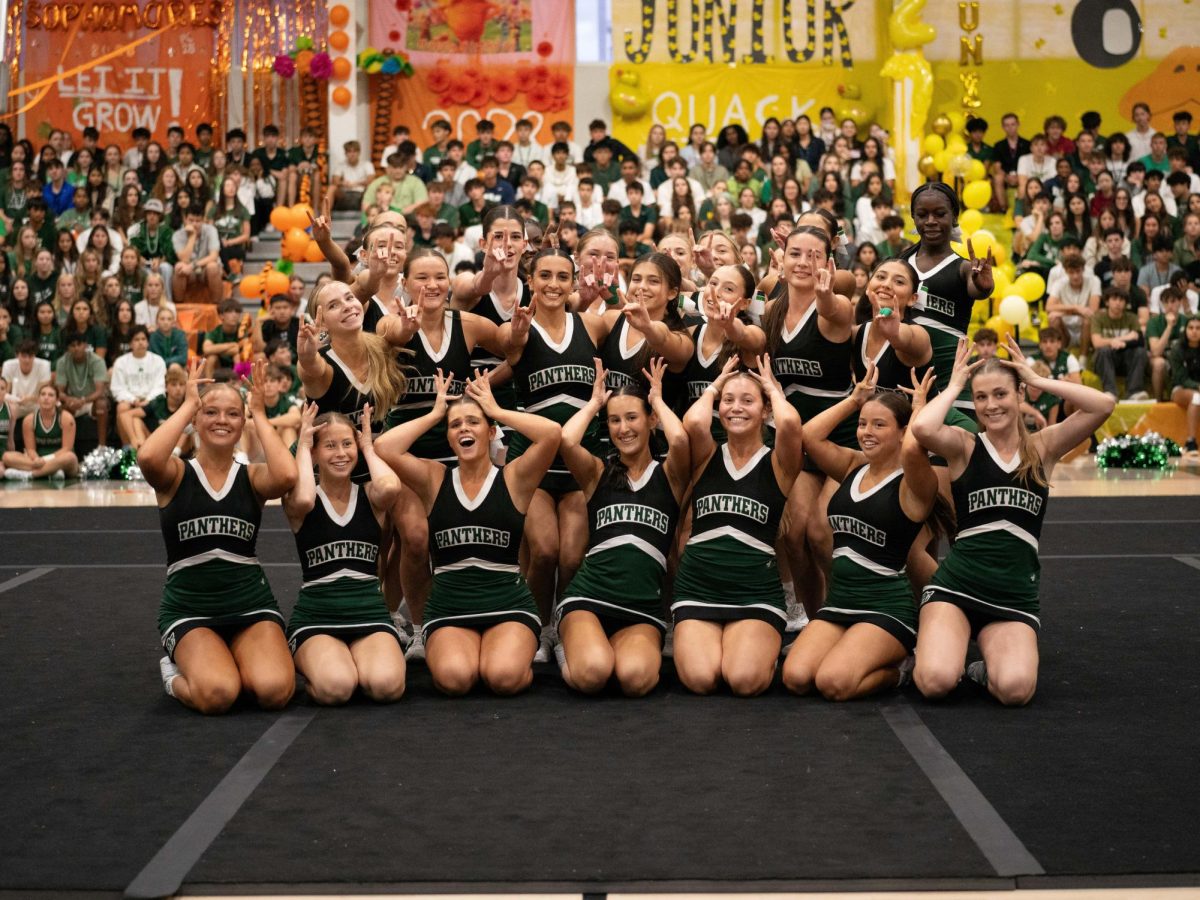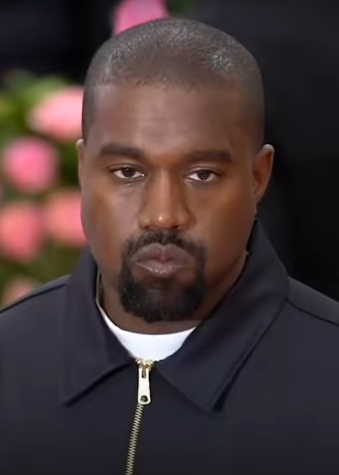The Path Toward Social Justice
Students gather in the ICI Library during free periods for open discussion on societal injustices.
For one week, from January 29th to February 2nd, Pine Crest conducted a Social Justice Symposium, bringing in guest speakers and student presenters to spread awareness and positive change to our school community and nation. Social justice highlights the importance of equality regarding the relationship between an individual and society. Each day, the ICI library housed a new topic. Open discussion was encouraged and real, current issues were brought up for students to interpret.
One session titled “People of Color in the Media: Perceptions & Reality,” led by juniors Bianca Simons and Bryce Emanuel, discussed the representation of people of color in the media and the resulting effects on our society. Students discussed the idea that the media lacks diverse representation and justifies pre-existing stereotypes, especially in the context of TV shows. Girls, which follows this ignorant behavior, was created by Lena Dunham, takes place in New York City, a city where an abundance of diversity contributes to its magnificence, a factor that Girls seems to have lost. Girls is supposedly standing for one branch of social justice, feminism, by giving men insight into aspects of a girl’s life, but does this show fail to provide all groups of people the justice they deserve? This is not the only TV show that has failed to provide viewers with diverse on-screen performers. Many other shows follow this same path, including the 90s sitcom Friends, another popular TV show that was set in New York.
People of all ages, especially teens, rely on the media to provide them with the experiences and opportunities that they may, in reality, never engage in. Watching a show with an all-white cast sends the wrong message in a world where people take what they see on their TV screen and make it the norm. The opportunity to fall in love with a character of color, or any minority, and what they stand for, can help defy stereotypes and contribute to bringing irrational hate to an end.
There are many shows that have minority representation, for example, Jane the Virgin, Grey’s Anatomy, How to Get Away with Murder, and Empire, all of which are popular TV shows that represent diversity and equality while carrying a good plot.
Bianca Simons, a leading advocate for social justice in this student forum, said, “I feel like there’s a problem in terms of representation of people of color in the media and film industry, and I feel like it’s having an effect on the levels of ignorance in our society today. I wanted to have this conversation because not a lot of people realize how bad the representation is of people of color until we start talking about it.”
She continues on to identify stereotypes in television: how we never see a certain kind of person in a position of power, outside the tight box society has given them to stand in. She feels the need for a conversation surrounding the problem and potential solutions. Bryce Emanuel also commented on the importance of educating others within Pine Crest so that the negative influences of stereotypes perpetuated by the media are not reflected in our community.
This week-long symposium has hopefully had an impact on many students. It has been an outlet to discuss various social justice issues, but it shouldn’t be limited to one week. Students need to make these societal issues part of their everyday conversations and take action toward fixing them. Progress will not be made without an informed generation. Today, we begin to make a change, starting with social justice.

Marlie is a sophomore and it is her second year writing for Type One. She hopes to improve her writing and stick with Type One throughout high school....
































![Stranger Things 4: What to Expect [Warning: Contains Spoilers]](https://pcpawprint.com/wp-content/uploads/2021/11/StrangerThings4-900x473.jpeg)

























































